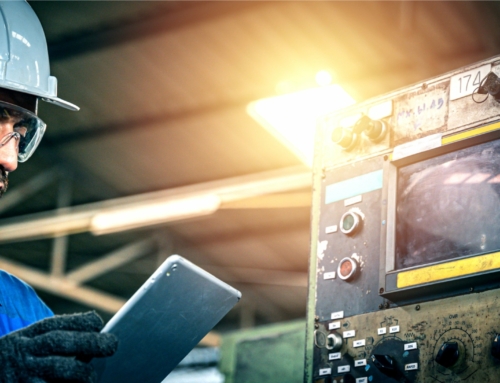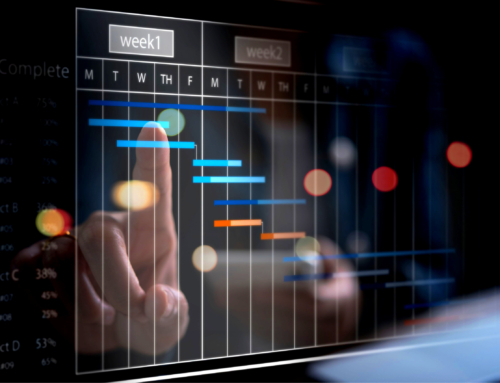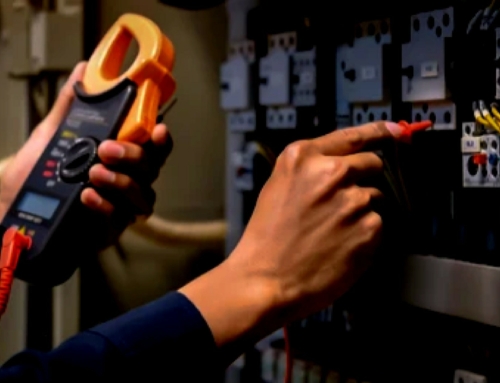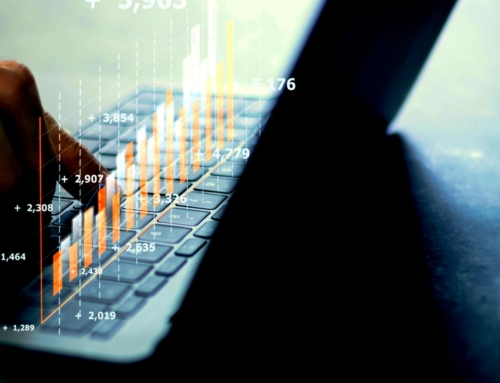Whenever we hear the word ‘blockchain’ there’s an inevitable association with the world of cryptocurrencies.
And that typically leads straight to thoughts of shady characters laundering money or financing activities that are outside the law.
But the blockchain is a tool – and it’s a powerful one that has significant implications for how participants in supply chains can interact and share information.
What is a blockchain?
The tool most often used to store information in businesses is a database. Typically, that database is stored on a computer either inside your network or on a cloud service. The blockchain is a different sort of database. Rather than all the data being stored in a single, central location, the blockchain is distributed among many computers.
When a record in the blockchain is altered, that change is verified and reflected in everyone’s copy of the blockchain. Each piece of data that is stored is called a block. For example, in a logistics system a block could represent a sale, the movement of an item from one location to another, a freight record or some other important piece of data.
If you’ve used a traditional database system, you can translate your understanding to blockchain.

The data is stored chronologically and is immutable. Once a block is added to the blockchain it can’t be edited or deleted.
What’s the logistics angle?
If you think about the typical supply chain, there are many parties that have an interest in what is happening at different points. For example, customers want to know when to expect deliveries. Wholesalers and distributors want to know when their orders will arrive. Manufacturers want to know when they have all their raw materials on hand and how far along the process is. And in between those stages there are dozens of other steps with each the particular concern of different parties.
Typically, for anyone to know what’s happening at any stage, there need to be multiple enquiries with data shifting between systems. For example, the wholesaler might need to call the manufacturer to check on the status of an order. Or a customer might contact a freight company to know where their order is.
The blockchain allows everyone in the supply chain to connect and access a permanent record of every transaction that takes place. All the records are stored and accessible to everyone within the network. It means that tracing the origin of an item is simplified as there’s just one place to look and there’s no risk of tampering as once a block is written it can’t be altered or removed.
When information is stored this way, there is also greater transparency as everyone involved in the supply chain can see what is going on. A recent article in the Harvard Business Review said “the blockchain provides a complete, trustworthy, and tamperproof audit trail” – which is why inventory management is now looking at blockchain as a way of vastly improving inventory management.
Inventory management has always been challenging. The blockchain can increase confidence of where goods have come from, how they have moved between different points and that all data is trustworthy. As all interested parties have access to an immutable record of the data the risk of data tampering is mitigated. And audit trails are simpler as all the transactions are stored chronologically.
So, how does blockchain tie in with inventory management when it comes to field service? It is a way to manage inventory but also details of the supply chain to help improve processes and increase efficiency. By including blockchain to inventory management and supply chain it makes a field service technician’s job easier and more effective.
The next generation of inventory management will lean on this powerful, emerging technology.





